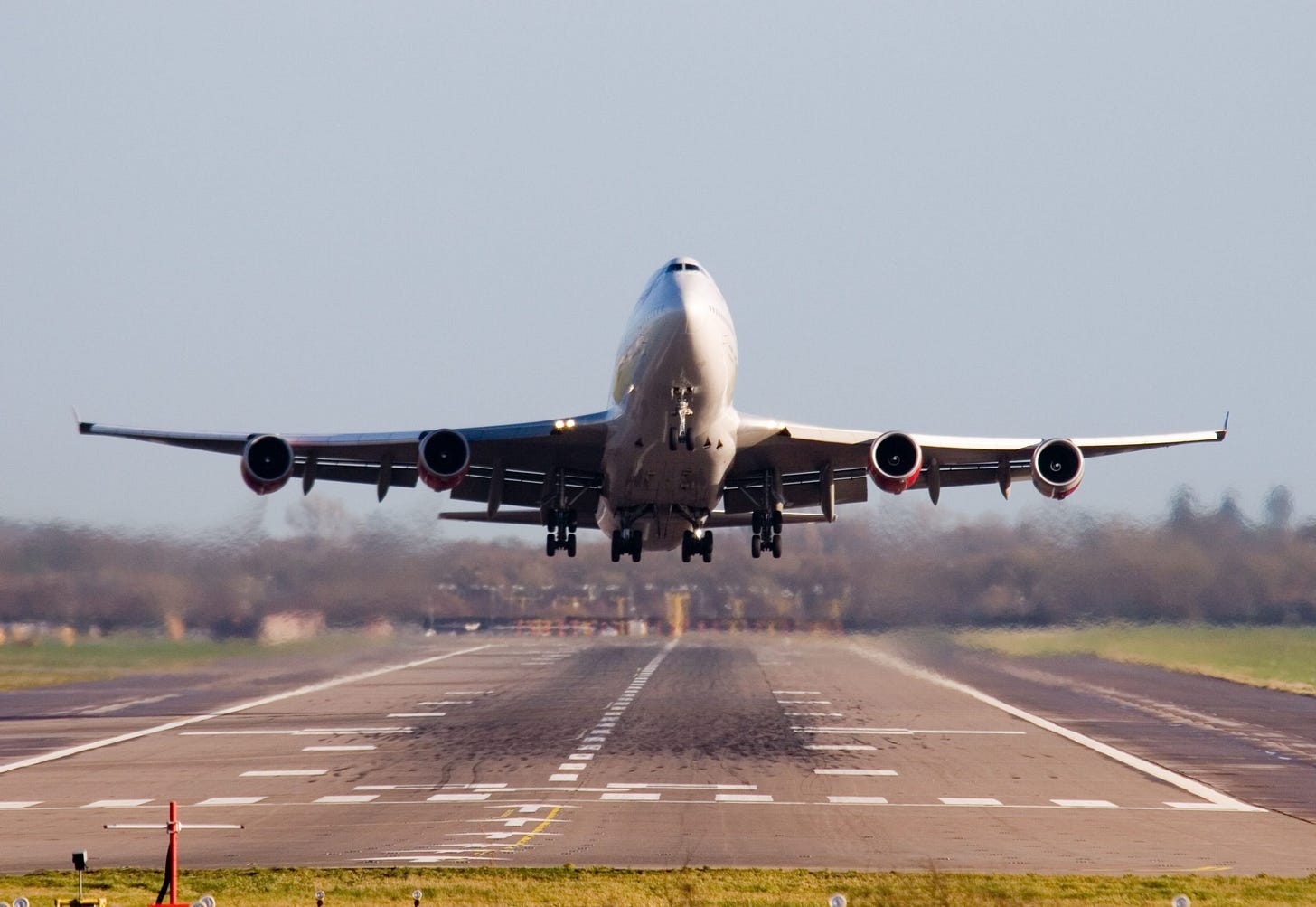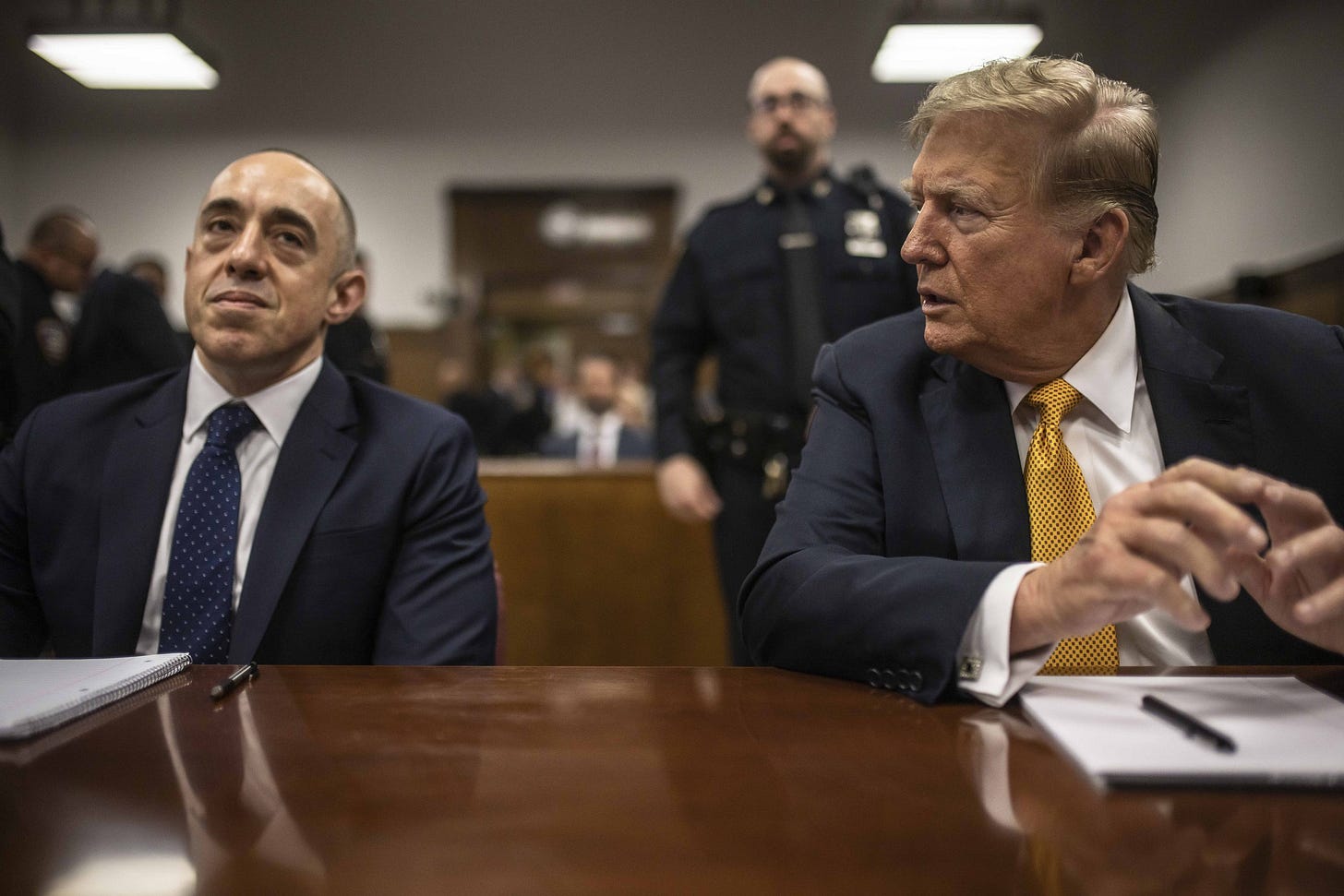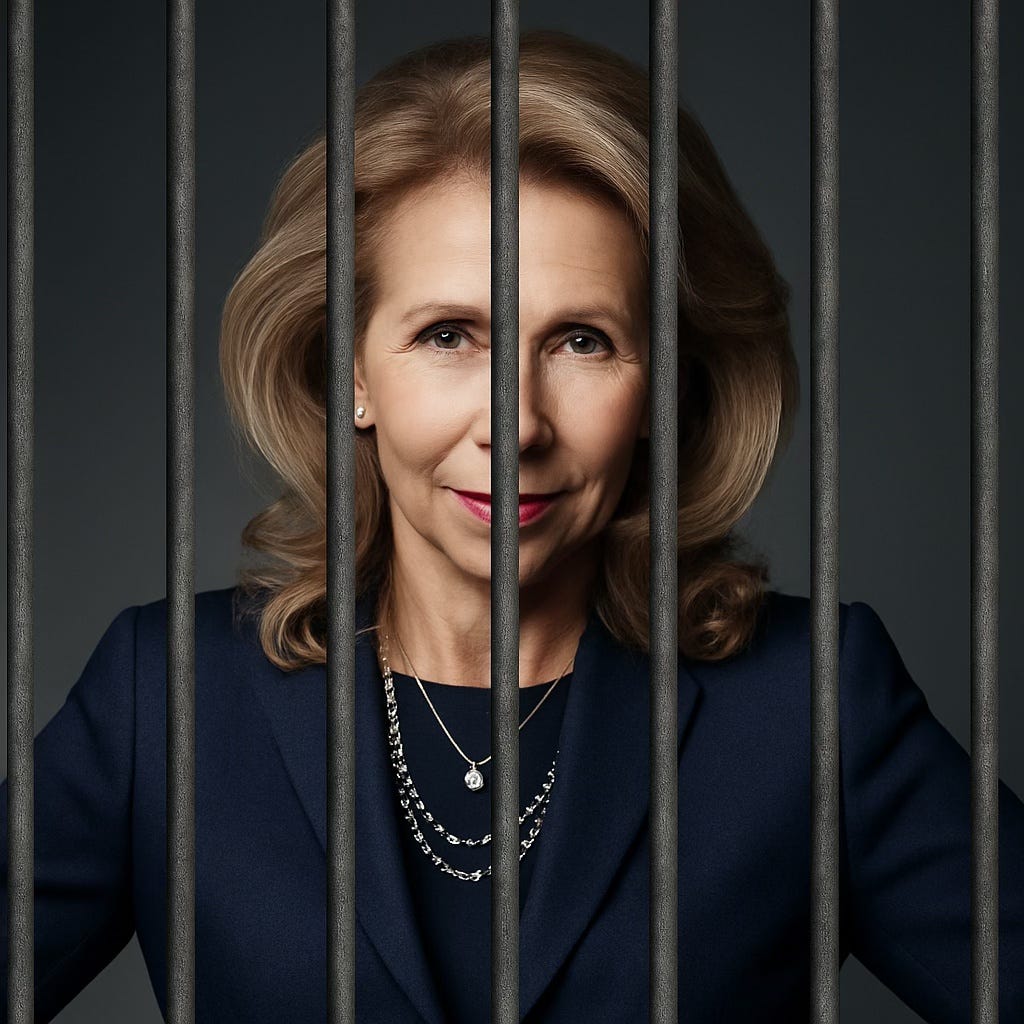The Secret to Reindustrializing America Is Not Tax Cuts and Tariffs. It's Regulated Competition.
From airlines to energy, America became a capitalist superpower in the 20th century based on careful market rules. It can do so again.

The Secret to Reindustrializing America Is Not Tax Cuts and Tariffs. It's Regulated Competition.
From airlines to energy, America became a capitalist superpower in the 20th century based on careful market rules. It can do so again.
by Phillip Longman
Republicans and Democrats now generally agree that we must make more stuff in America but no consensus exists about how to do that. Under President Joe Biden, the strategy was to offer subsidies to key industries, like microchip manufacturers, and then use targeted tariffs to protect those efforts. Under President Donald Trump, the plan apparently is to impose, or threaten to impose, high tariffs on a shifting set of nations and products while threatening to cut Biden’s targeted financial incentives and replace them with across-the-board tax cuts, mostly for the well-to-do.
Considering how central the goal of reindustrialization is to both parties, it’s noteworthy that the range of policy levers being debated is by and large limited to just three: tariffs, the tax code, and direct public investment. Yet while these can be useful tools, they are hardly the only ones, or even the most powerful. Indeed, historically, fostering America’s industrial strength depended far more on deploying regulations to steer market behavior.
When Americans hear the word regulation they tend to think of the environmental and consumer protection measures put in place by federal agencies mostly since the 1970s. But for a century before that, a huge body of regulation of a different kind steered the course of the nation’s economic development. It was regulation that set market rules of competition. Which kinds of banks could operate where and how much interest could they charge or pay? What rates could railroads or airlines set for transporting various types of cargo or passengers over different distances? How much profit could investors in electric utilities or telecommunications companies make, and what customers were they required to serve and at what prices? Working with industry, federal lawmakers and regulators hashed out rules that determined who could enter and exit different key sectors, what terms of service they could impose, and with whom they could merge.
During America’s century-long rise as a capitalist superpower, such market rules fit together to form an increasingly sophisticated and pervasive system that the political scientist and economic historian Gerald Berk has dubbed “regulated competition.” It was a uniquely American system for governing industrial capitalism, and it delivered broad prosperity for decades. It did so first by catalyzing a virtuous cycle of innovation. Firms in key industry sectors like transportation and electricity were guaranteed modest but predictable profits that allowed them to attract more capital, and to take greater risks, than they otherwise could. In exchange, companies were obliged to serve all market segments, rather than cherry-pick the most profitable. This enabled smaller cities, towns, and rural areas to compete on a more equal footing with large cities on the coasts, thus spreading economic development and wealth creation more equitably across the country while also serving as a check on the growth of financiers and oligarchy. But then, beginning in the 1970s, policy makers from both parties largely dismantled this well-calibrated system of political economy in a rush to “deregulate” the economy and unleash “the market.”
An especially vivid example of how America’s system of regulated competition once worked is aviation. This essay tells the story of how careful federal marketplace rules fostered the growth of air travel, domestic airplane manufacturing, and commerce in smaller cities across America—and how the demise of that system eroded all three. The same story could be told of other crucial industries, from finance to retail to shipbuilding. Washington’s abandonment of regulated competition explains much of what’s gone wrong with the American economy over the past 40 years, and its restoration could be the key to the country’s industrial revival.
Nominating Emil Bove for Appellate Court is Brazen, Even for Trump
If confirmed, the president's personal lawyer and now top DOJ official would join the Supreme Court shortlist.
by James D. Zirin, Contributor
Shari Redstone Might Be Headed for Jail
If Paramount's heiress chief settles with Trump, it will be seen as extortion and bribery.
by Jonathan Alter, Contributing Editor
Find the Washington Monthly on Social
We're on BlueSky @washingtonmonthly.com
We're on Twitter @monthly
We're on YouTube @washingtonmonthly9554
We're on Threads @WAMonthly
We're on Instagram @WAMonthly
We're on Facebook @WashingtonMonthly






